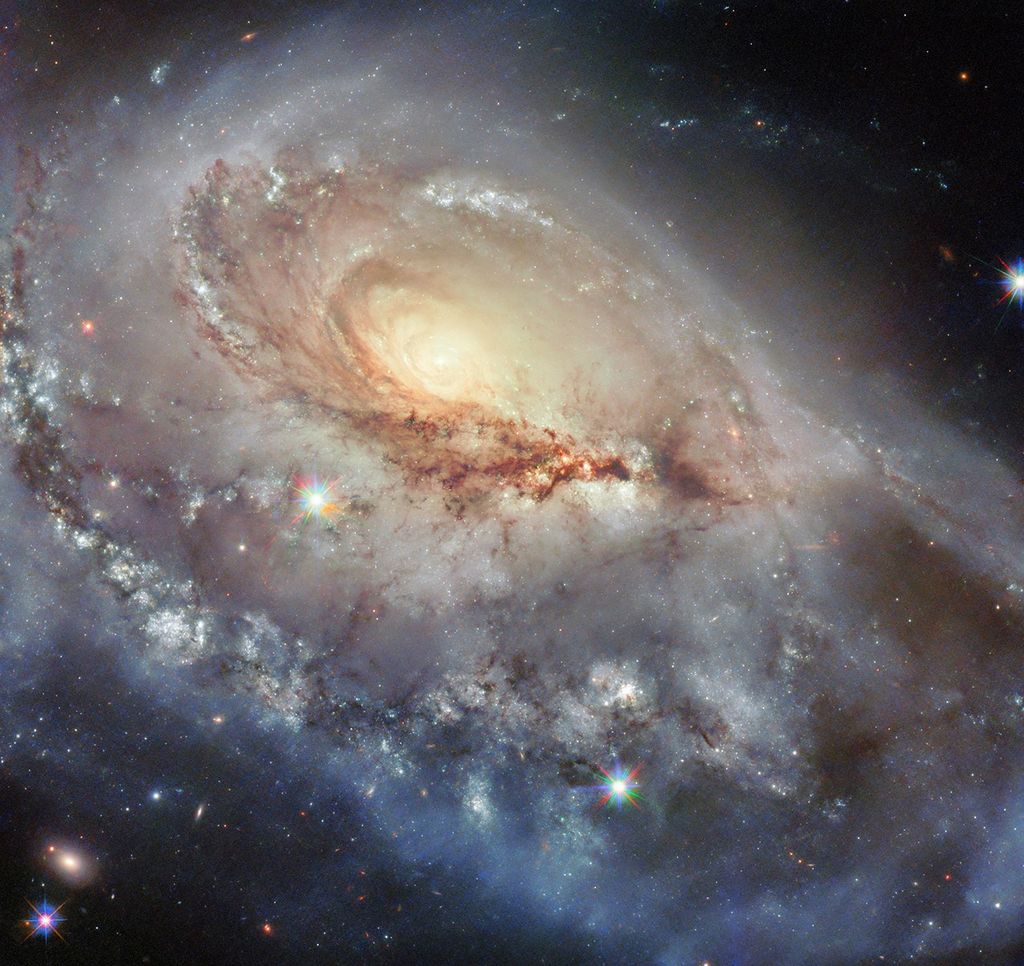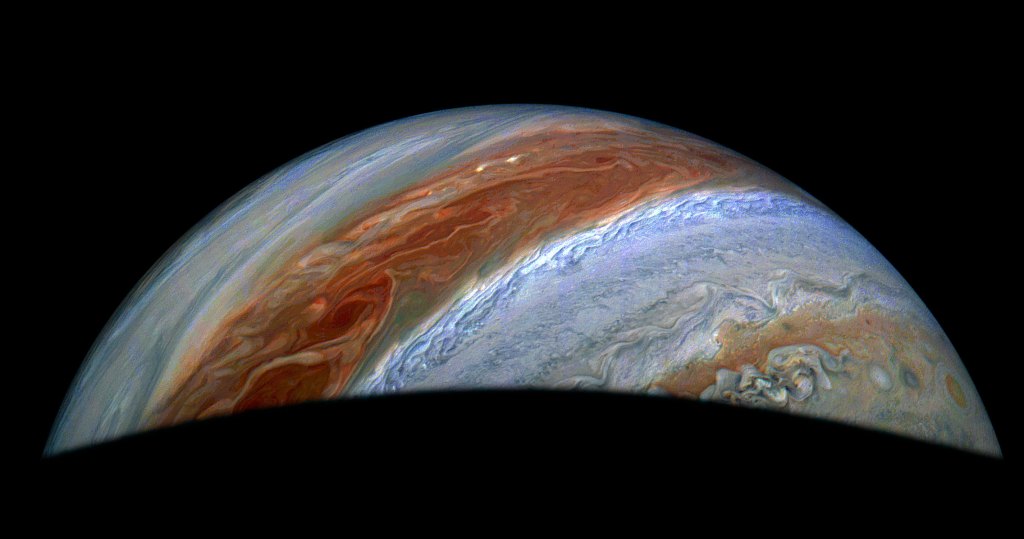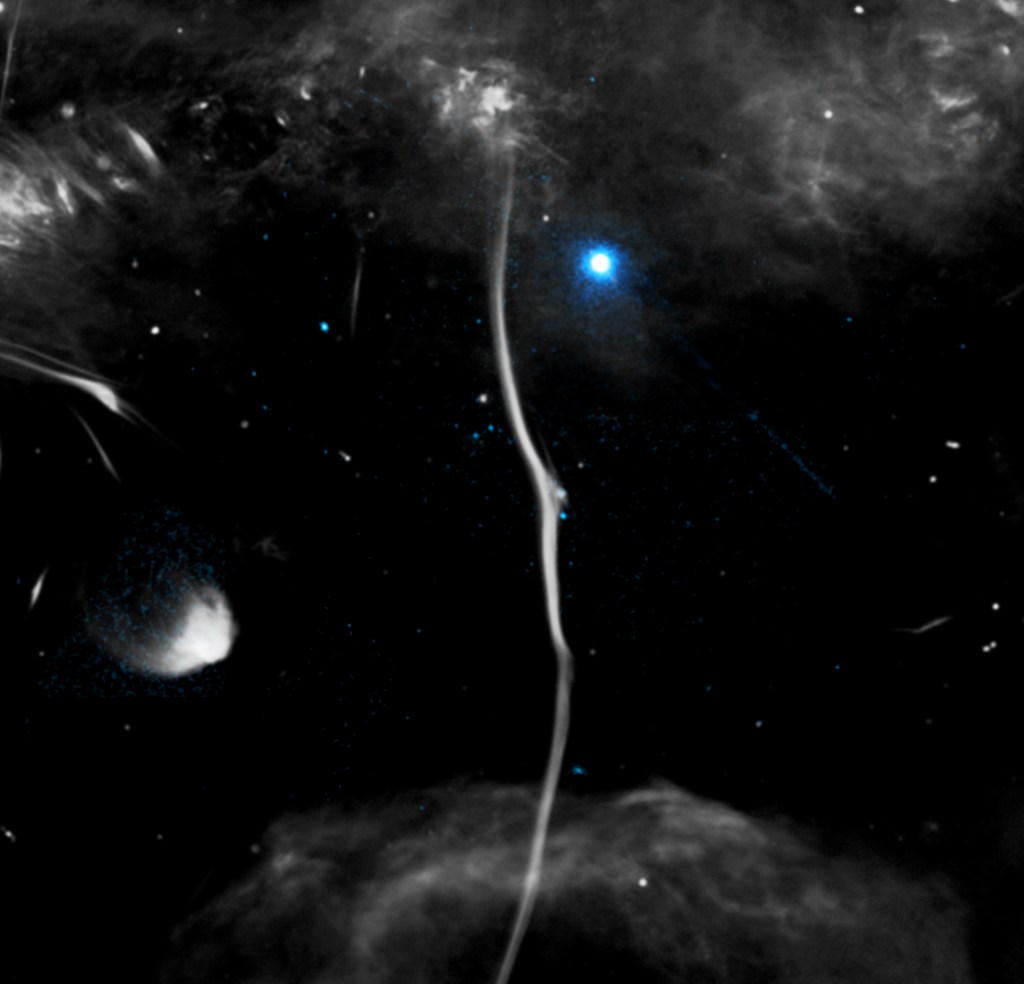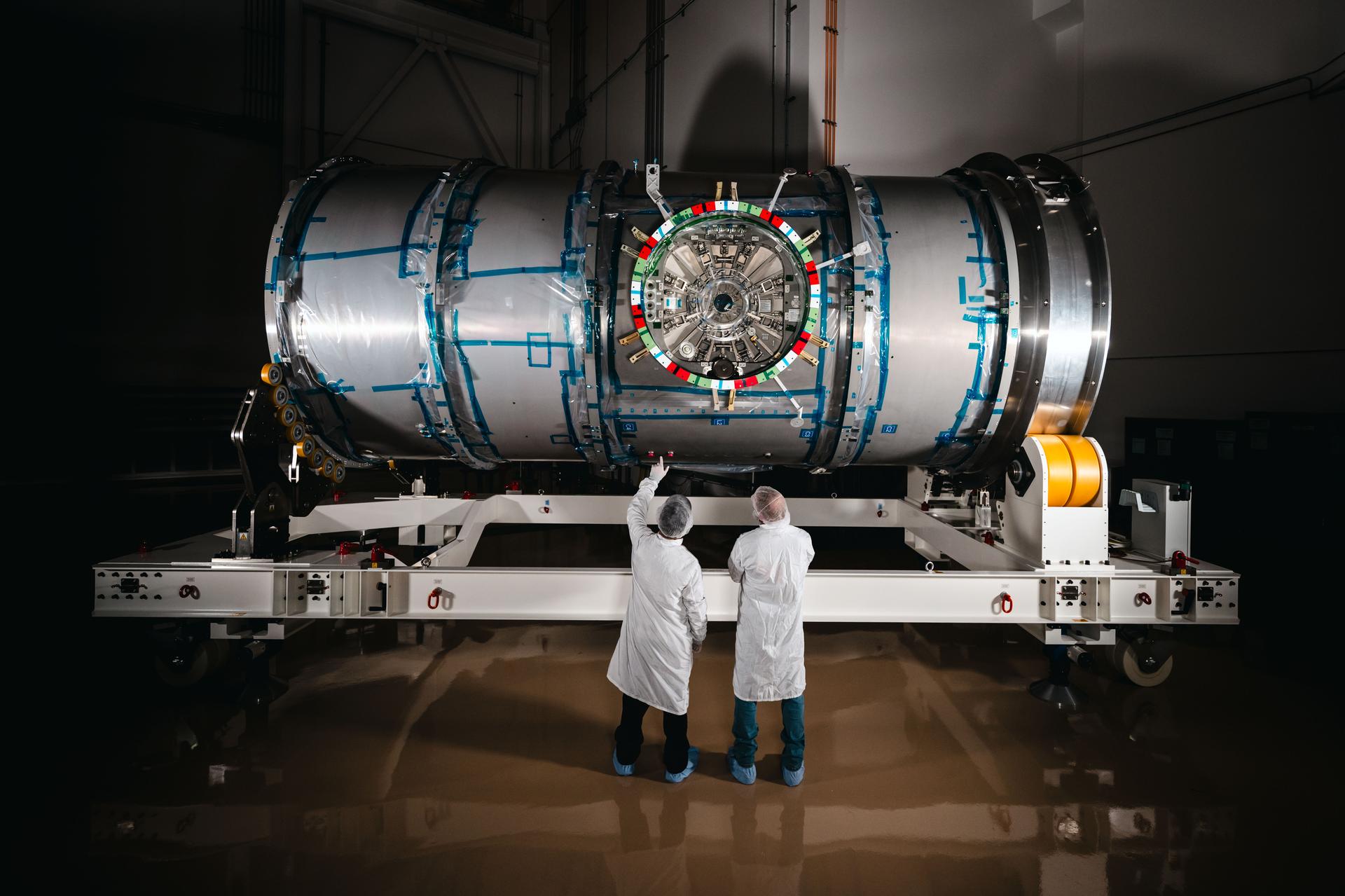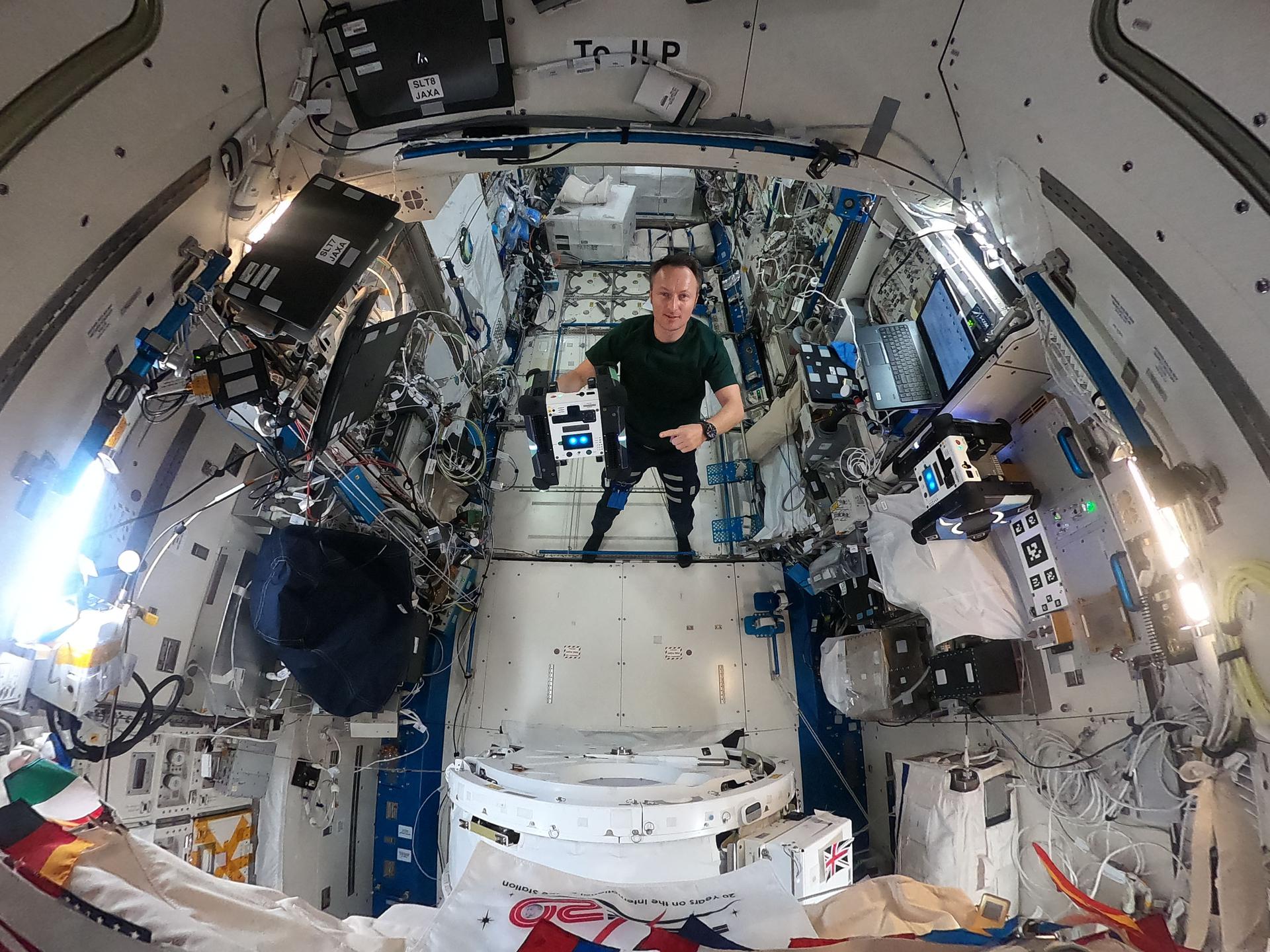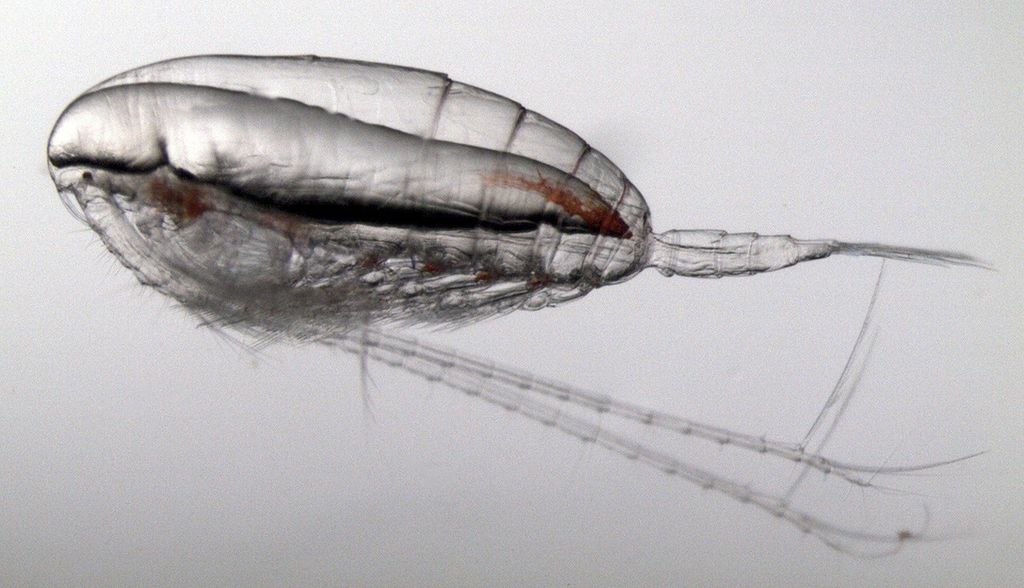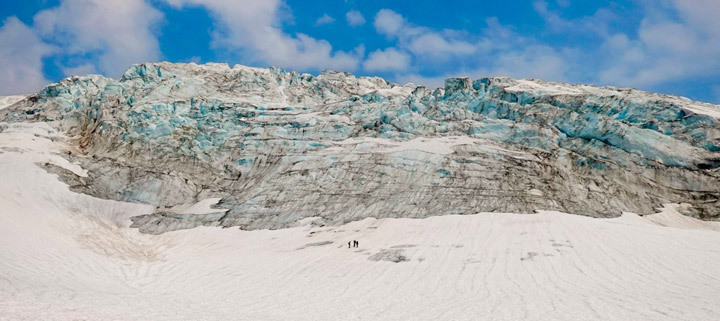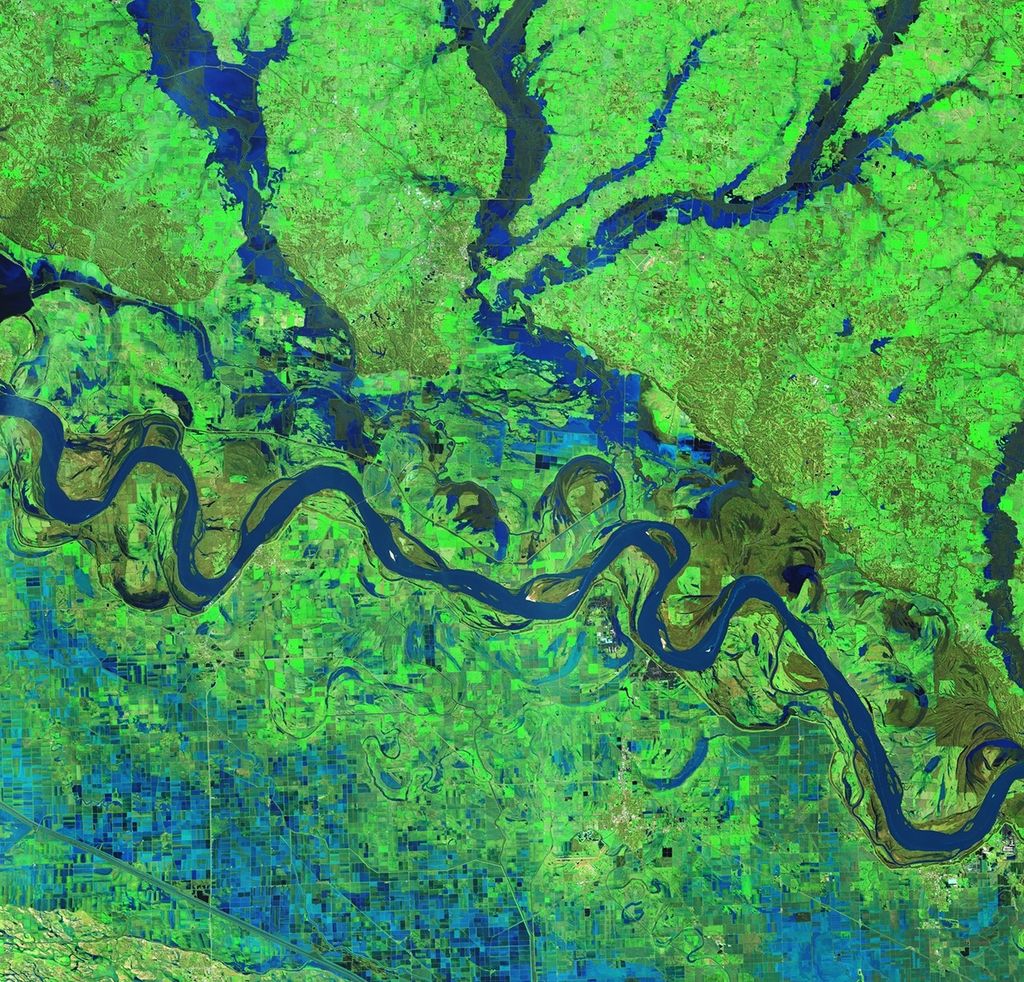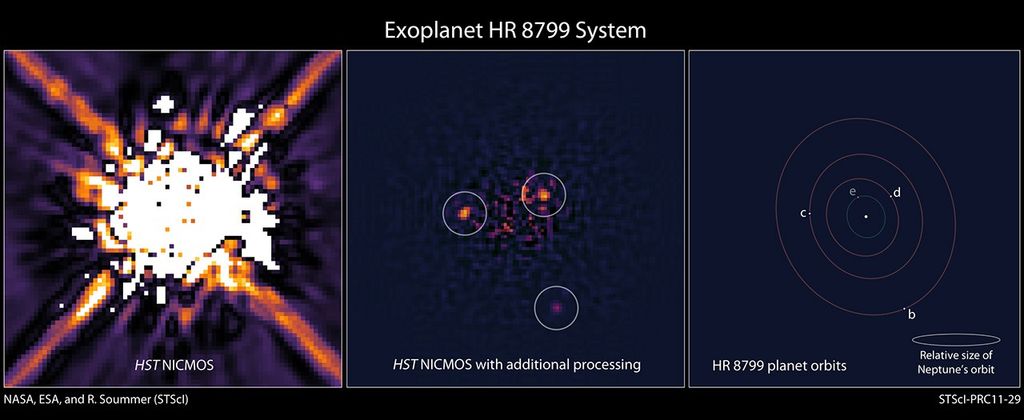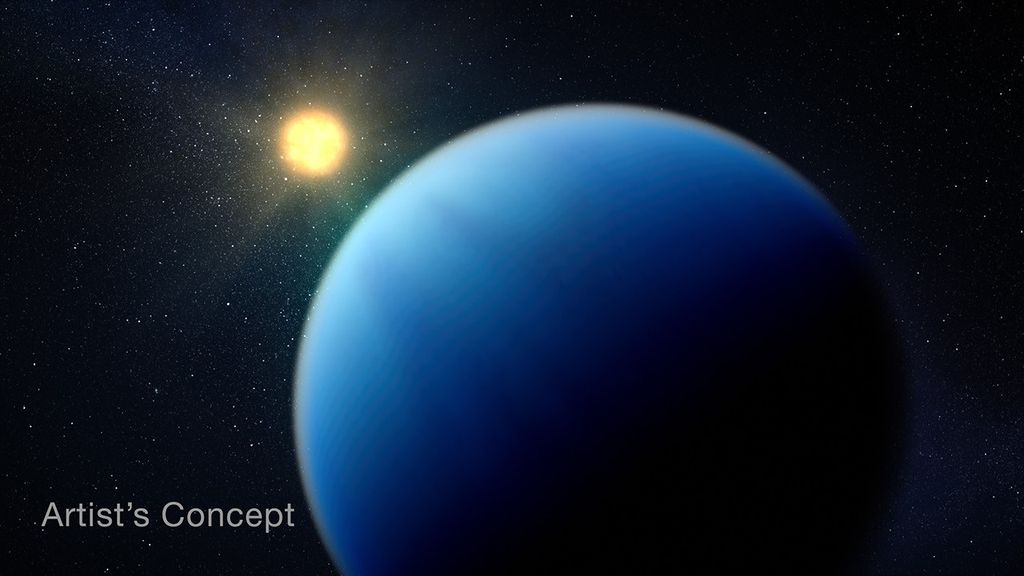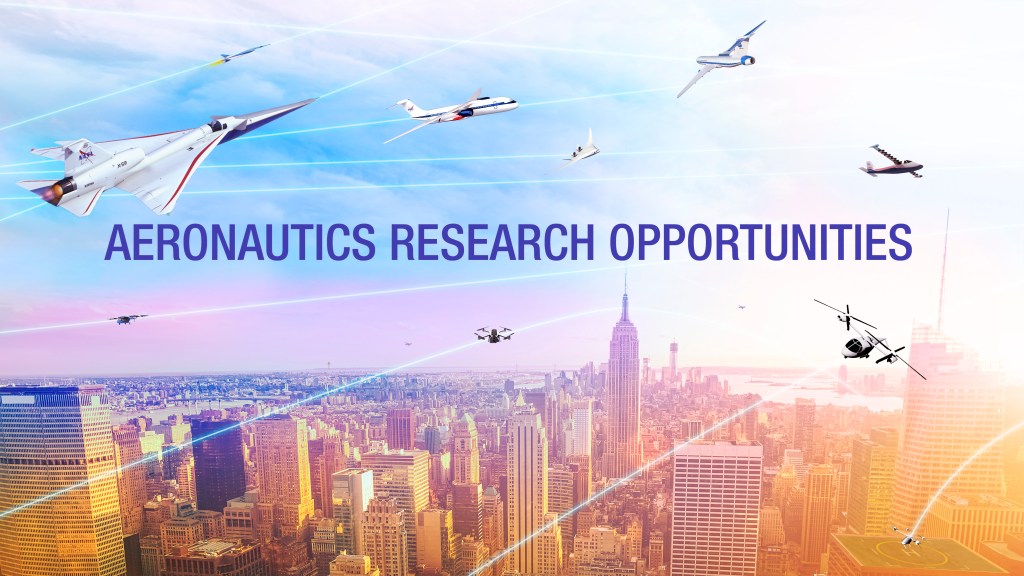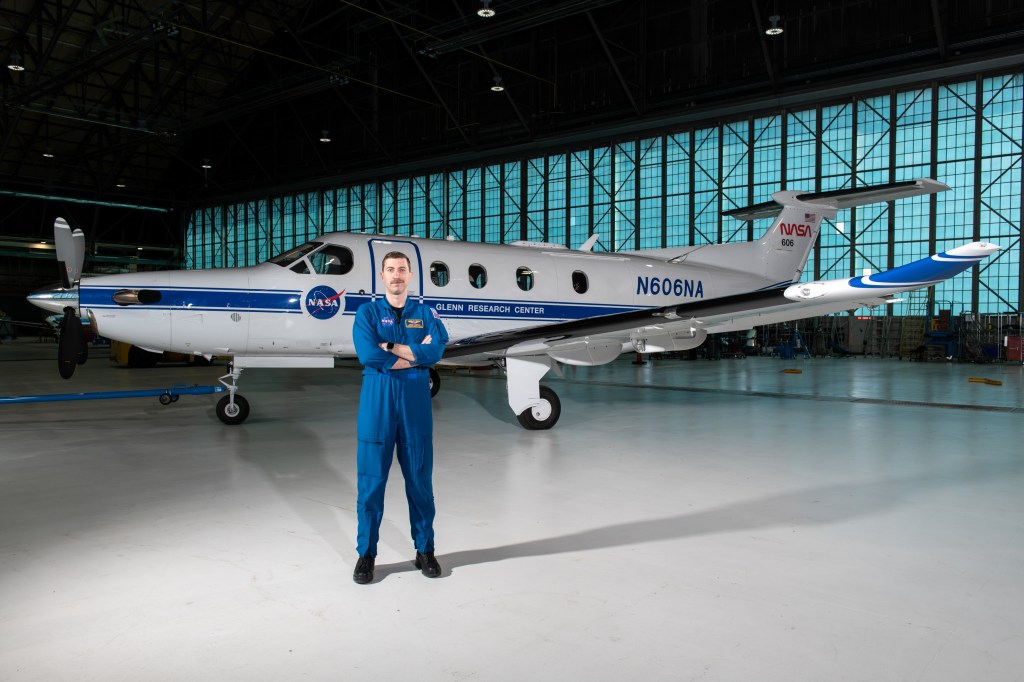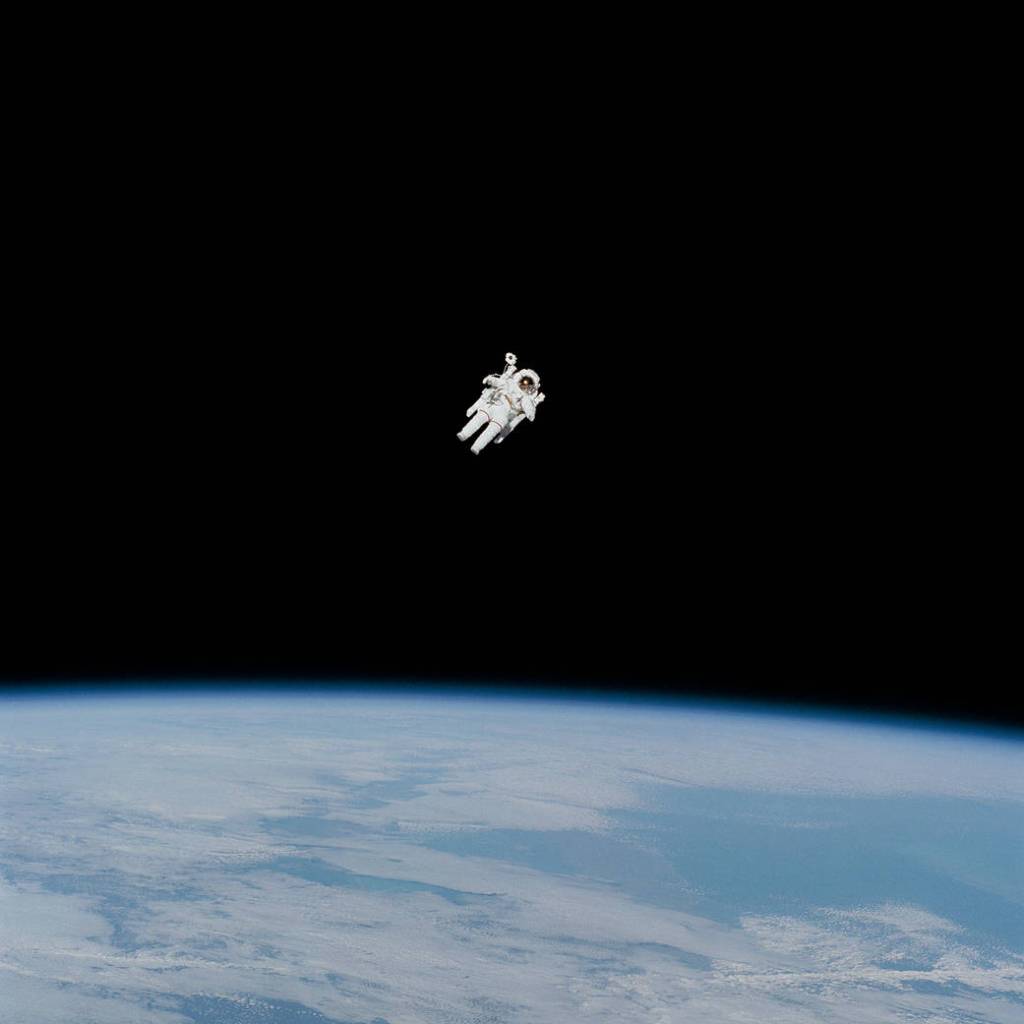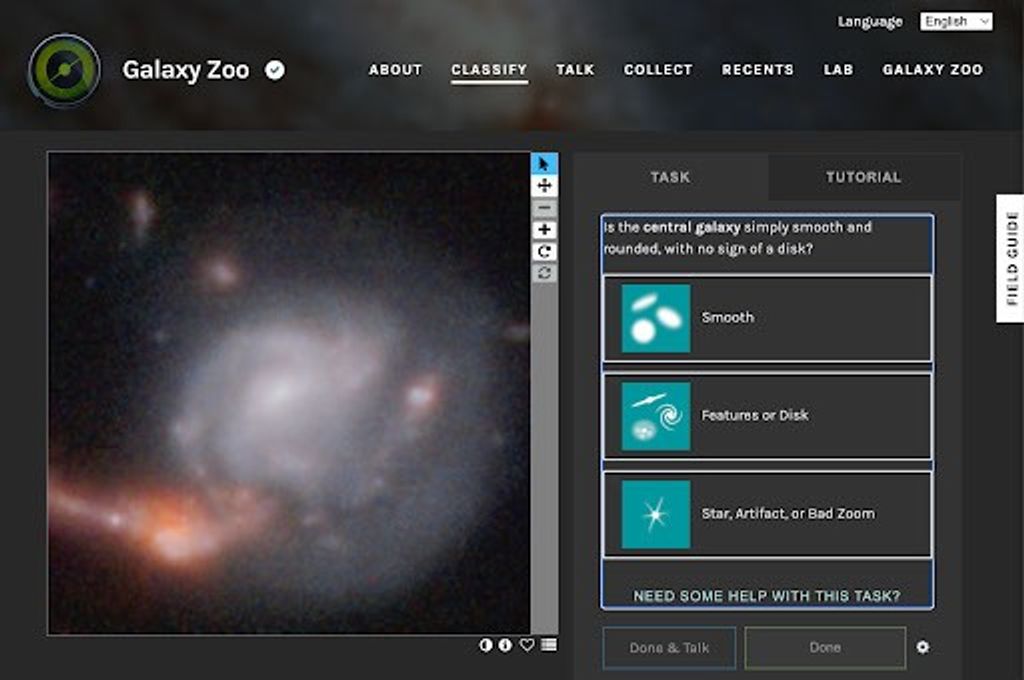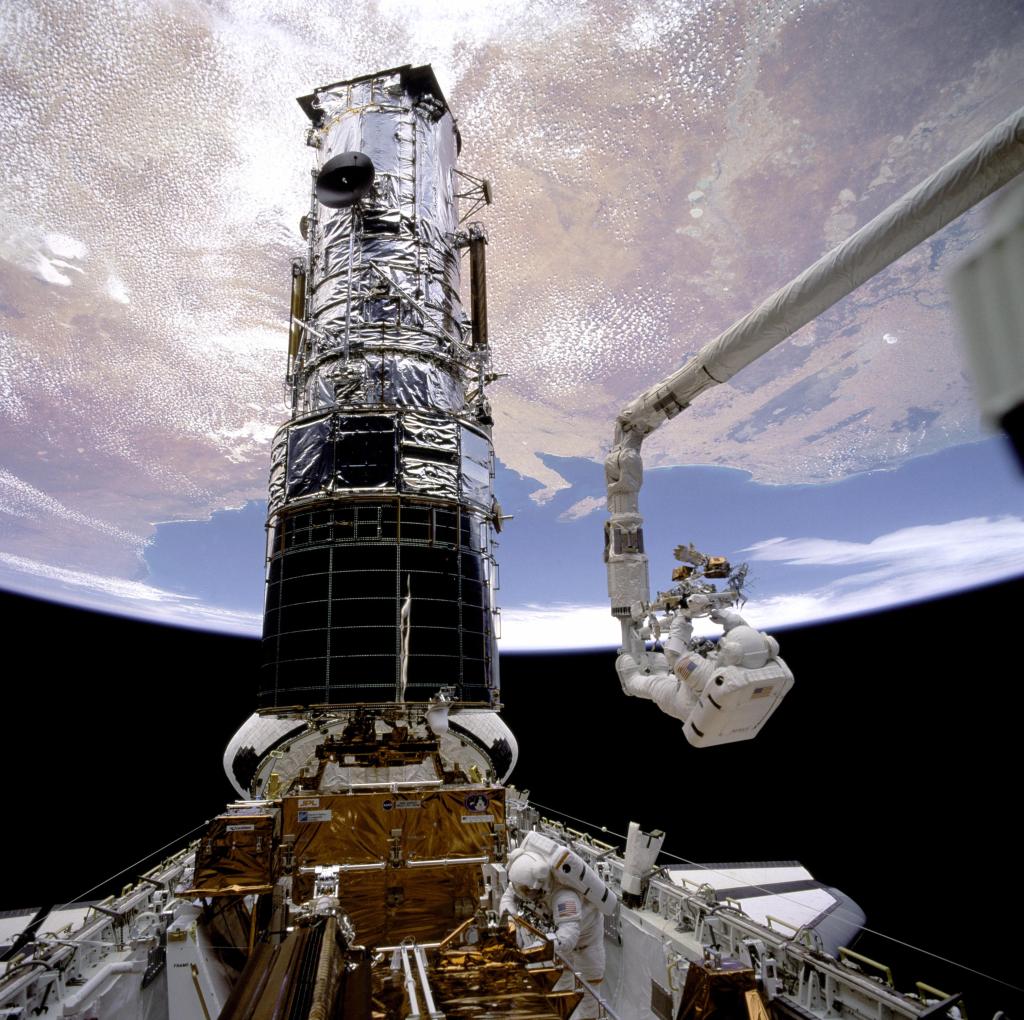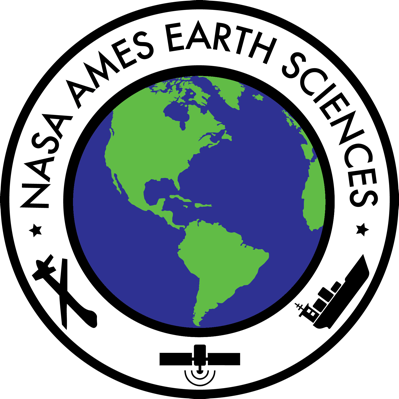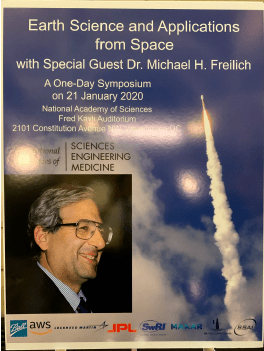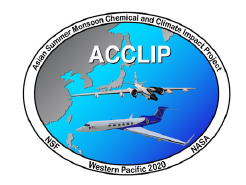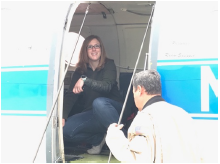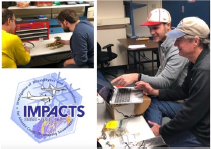Significant announcements:
31st January 2020
- IMPACTS (Investigation of Microphysics and Precipitation for Atlantic Coast-Threatening Snowstorms) – The NASA P-3 and ER-2 aircrafts have each flown 2 flights. They flew the first coordinated flight on 25 January 2020 over a storm in the Northeastern US. Scientists were able to collect a combined 13.4 hours of flight data in a bow tie pattern over the busy airspace in NY and Vermont. The chief objective of this Earth Venture Suborbital-3 (EVS-3) investigation managed by ESPO is to improve predictive capability for East Coast snowstorms. Link: https://espo.nasa.gov/impacts
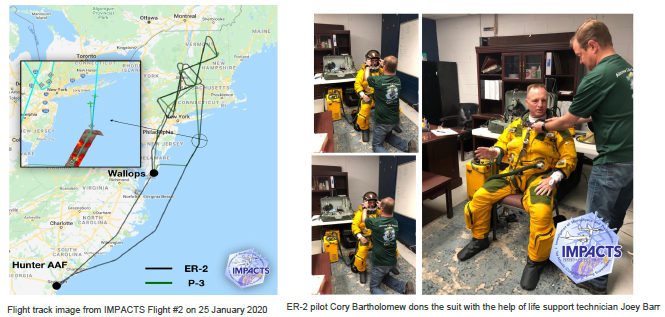
- ACCLIP (Asian Summer Monsoon Chemical and Climate Impact Project) – ESPO Project Managers Jhony Zavaleta and Erin Czech returned from a site visit to Okinawa, Japan in preparation for the ACCLIP field campaign in summer 2020. ACCLIP is a joint NASA/NSF campaign with the NASA WB-57F and NSF/NCAR Gulfstream-V aircrafts to investigate the impacts of Asian pollution on global chemistry and climate associated with the Asian summer monsoon circulation.
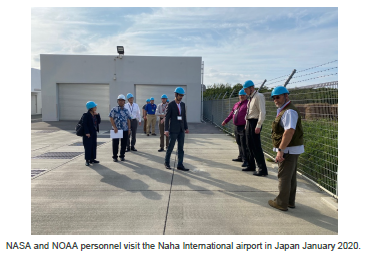
- Space Apps 2019 – NASA announces winners of Space Apps 2019 that included NEX-led challenge ‘Spot That Fire’, selected for ‘best mission concept’. In 2019 the Space Apps included over 29,000 participants at 225 events in 71 countries. Spot That Fire (STF) attracted 242 submissions from around the world. The STF challenge is to create an application that leverages NASA’s real-time and archival wildfire datasets along with other tools to support firefighting and fire mitigation efforts. Link: https://2019.spaceappschallenge.org/challenges/living-our-world/spot-fire-v20/teams

24th January 2020
- Symposium on Earth Science and Applications from Space – Ryan Spackman represented Ames at the symposium in Washington, D.C. on 21 January 2020.The symposium will be held at the National Academy of Sciences Building Kavli Auditorium, 2101 Constitution Avenue NW, Washington, DC, from 8am to 7:30pm. Speakers include Marcia McNutt, Thomas Zurbuchen, Sandra Cauffman, Maurice Borgeaud, Chu Ishida, leading scientists, early career cutting-edge scientists, and more.Link: https://web.cvent.com/event/95da1782-9572-4bcd-ba66-63b9ed60db8d/summary
- IMPACTS (Investigation of Microphysics and Precipitation for Atlantic Coast-Threatening Snowstorms) – The ER-2 transited to Hunter on 15 January 2020 and the P-3 completed its first science flight on Saturday, 18 January 2020 in a winter storm forecasted to impact the northeastern US. This week, IMPACTS is gearing up for a second science mission with the possibility of back to back flights in a forecasted storm to hit the Northeastern US on 25-26 January 2020. Both aircraft and teams are ready for operations. Link: https://espo.nasa.gov/impacts
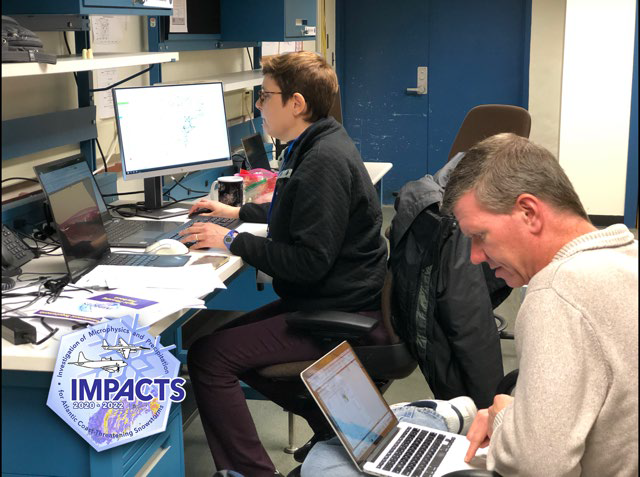
- FELDSPAR (Field Exploration and Life Detection Sampling for Planetary Analogue Research) project has been featured on the AGU GeoSpace. This project is studying the distribution of life in these harsh Icelandic environments to inform the search for hidden life signs on planets like Mars. Diana Gentry and the team presented their results last month at AGU’s Fall Meeting 2019 in San Francisco. Link: https://blogs.agu.org/geospace/2020/01/15/nearly-barren-icelandic-landscapes-guide-search-for-extraterrestrial-life/
15th January 2020.
- NASA HQ has approved a precursor activity for the Surface Biology and Geology (SBG) hyperspectral observing system to provide the scientific community with SBG-like data products from airborne and space-borne imaging spectroscopy missions, e.g., the HyspIRI airborne campaigns, DESIS, HISUI, and Hyperion. NASA Ames Research Center will play a foundational role in this effort by adapting its automated science processing operations developed for the Kepler and TESS exoplanet missions for the SBG precursor activity. This is a 5-7 year JPL-led effort with additional participation from Goddard Space Flight Center.
SBG is a hyperspectral (VSWIR/NIR) observing system recommended in 2017 Earth Science Decadal Survey. It entered a two-year pre-phase A study in late 2018 and has an anticipated launch date in 2026-2027.
-
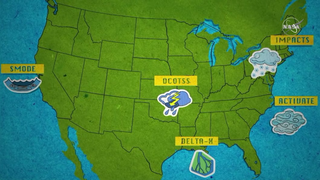
Earth Venture Suborbital 3 conducted a Media event at AFRC. All 5 EVS-3 projects were highlighted. The 3 ESPO managed projects are Investigation of Microphysics and Precipitation for Atlantic Coast-Threatening Snowstorms Science (IMPACTS), Sub-Mesoscale Ocean Dynamics Experiment (S-MODE) and Dynamics and Chemistry of the Summer Stratosphere Science (DCOTSS). The interviews can be seen at: https://www.youtube.com/watch?v=beeD3GRTkpQ&feature=share - IMPACTS (Investigation of Microphysics and Precipitation for Atlantic Coast-Threatening Snowstorms) –The P-3 is conducting the final test fights for science flights to begin January 17. The ER-2 has transited to Hunter AAF in Savannah Georgia and is preparing for science flights January 17. The ESPO teams have deployed to both sites and labs and offices are ready. The team successfully completed their Mission Readiness Review. The chief objective of IMPACTS is to improve predictive capability for East Coast snowstorms.
Link: https://espo.nasa.gov/impacts
- ACCLIP (Asian Summer Monsoon Chemical and Climate Impact Project) – Jhony Zavaleta and Erin Czech will conduct a site visit next week to Naha, Japan in support of the ACCLIP mission, planned for summer 2020 using the NASA WB-57. ACCLIP is a joint mission with the NSF/NCAR GV. ACCLIP is a joint campaign with the NSF/NCAR Gulfstream-V to investigate the impacts of Asian pollution on global chemistry and climate associated with the Asian summer monsoon circulation.
8th January 2020.
-
S-MODE (Sub-Mesoscale Ocean Dynamics Experiment) – For this Earth-Venture Suborbital-3 (EVS-3) investigation managed by ESPO, four flights were successfully conducted with the NASA JPL (Jet Propulsion Laboratory) DopplerScatt payload on the AFRC B200 research aircraft during 2-13 December 2019 operating out of both ARC and AFRC. S-MODE examines the finer-scale variability in ocean-atmosphere exchange over the Pacific Ocean off the coast of Northern California important for weather and climate.
-
IMPACTS (Investigation of Microphysics and Precipitation for Atlantic Coast-Threatening Snowstorms) – The IMPACTS team is preparing the NASA P-3B and NASA ER-2 aircrafts for the first field campaign. The ER-2 is scheduled to transit to the deployment site on 15 January 2020. The ESPO team managing IMPACTS has deployed for pre-flight preparation at the two field sites. The chief objective of IMPACTS is to improve predictive capability for East Coast snowstorms.
-
CPEX-AW (Convective Processes EXperiment – Aerosols & Water) – ESPO completed a site visit during December 2019 to Cabo Verde in the Cape Verde Islands in support of CPEX-AW. As an update, due to an ongoing maintenance issue with the NASA DC-8 aircraft, the CPEX-AW field campaign will be performed using the NASA P-3B research aircraft.
-
ACCLIP (Asian Summer Monsoon Chemical and Climate Impact Project) – ESPO will conduct a site visit in January 2020 to Naha, Japan in support of the ACCLIP field study, planned for summer 2020 using the NASA WB-57 research aircraft. ACCLIP is a joint campaign with the NSF/NCAR Gulfstream-V to investigate the impacts of Asian pollution on global chemistry and climate associated with the Asian summer monsoon circulation.
- 12 – 16 January 2020 – American Meteorological Society (AMS) 100th Annual Meeting – Ryan Spackman, Ramakrishna Nemani, Forrest Melton and Taejin Park will be attending the 100th AMS meeting in Boston.
The AMS Annual Meeting is the world’s largest yearly gathering for the weather, water, and climate community. It brings together great minds from a diverse set of scientific disciplines – helping attendees make career-long professional contact and life-long friends while learning from the very top people in the atmospheric sciences.
Link: https://annual.ametsoc.org/index.cfm/2020/
- 21 January 2020 – Symposium on Earth Science and Applications from Space – Ryan Spackman will be representing Ames at the symposium in Washington, D.C.
The symposium will be held at the National Academy of Sciences Building Kavli Auditorium, 2101 Constitution Avenue NW, Washington, DC, from 8 am to 7:30 pm.
Speakers include Marcia McNutt, Thomas Zurbuchen, Sandra Cauffman, Maurice Borgeaud, Chu Ishida, leading scientists, early career cutting-edge scientists, and more.
Link: https://web.cvent.com/event/95da1782-9572-4bcd-ba66- 63b9ed60db8d/summary
- 27-29 January 2020 – NASA Surface Biology and Geology Mission Study Research and Applications Steering Committee Meeting – Liane Guild is attending the meeting in Washington, D.C.
The meeting will be held at NASA HQ.
- 1-6 February 2020 – SPIE (The Society of Photo-optical Instrumentation Engineers) Photonic West 2020 – Steve Dunagan is attending the trade show at the Moscone Center in
San Francisco, CA.
SPIE Photonics West is the world’s largest photonics technologies event.
Over 22,000 people attend Photonics West each year to learn, connect, and
find the latest research and products. Topics cover biomedical optics,
biophotonics, lasers, industrial lasers, optoelectronics, microfabrication,
MOEMS-MEMS, displays, and more.

